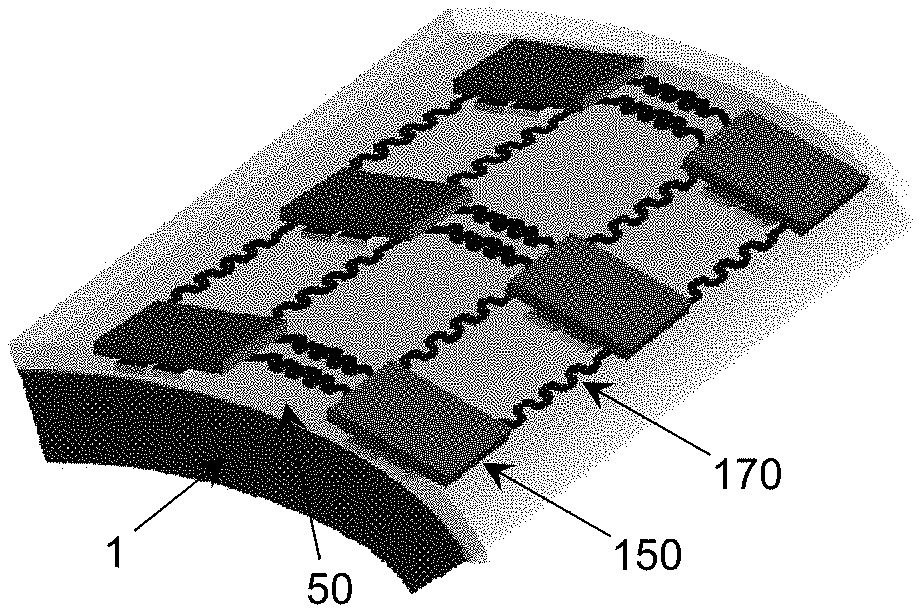Imagine the power of human-like intelligence harnessed to diagnose, monitor, and treat neurological conditions in real time. Our distributed neuromorphic computing technology enables just that—ushering in the next generation of bioelectric diagnostics and therapy. This innovation combines high-definition signal processing with distributed computing to transform how medical professionals approach diagnostics and therapeutic interventions.
The Problem
Traditional bioelectric diagnostics and therapy rely on conventional computing systems that can be slow, limited in capacity, and inefficient in processing high-definition bioelectric signals, particularly in real-time applications. This makes it difficult to accurately diagnose complex neurological conditions or provide timely, personalized therapy. The need for faster, more precise data processing in this space is growing, especially as the demand for personalized, real-time health solutions increases.
The Solution
Our patented neuromorphic computing technology revolutionizes this process by mimicking the human brain’s neural architecture. This distributed system processes complex bioelectric signals with unprecedented speed and accuracy. By integrating this advanced neuromorphic computing framework, bioelectric diagnostics can now achieve higher resolution, real-time analysis, and targeted therapeutic interventions, all with unmatched efficiency.
Key Benefits
- High-Definition Diagnostics: The technology processes bioelectric signals with incredible precision, allowing for detailed diagnostics of neurological conditions, cardiac disorders, and other bioelectric phenomena. This high-resolution insight ensures that clinicians receive the most accurate data possible.
- Real-Time Therapy Adjustments: The system’s ability to process data in real-time means therapeutic interventions can be adjusted instantly based on a patient’s condition. This opens up new possibilities for personalized, adaptive therapies for neurological and other bioelectric-related disorders.
- Distributed Computing Efficiency: By distributing the processing load across a network of neuromorphic processors, this system reduces latency, increases computational efficiency, and enables larger, more complex data sets to be processed in real time. It’s an ideal solution for wearable or implantable medical devices, where energy efficiency is critical.
Why License This Technology?
Licensing this neuromorphic computing technology offers companies an unprecedented opportunity to lead the future of bioelectric medicine. Whether you’re focused on diagnostics, therapy, or health monitoring devices, this innovation delivers game-changing capabilities that differentiate your product in the marketplace. With the rising demand for personalized healthcare, this technology positions you to capitalize on the intersection of AI and medical devices.
Conclusion
In the world of bioelectric diagnostics and therapy, real-time precision is key. By licensing this distributed neuromorphic computing technology, you’ll be pioneering a new era of high-definition, personalized healthcare—redefining what’s possible in medical diagnostics and treatment. Lead the charge in revolutionizing healthcare and harness the power of neuromorphic computing today.

